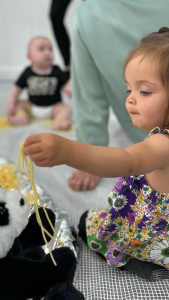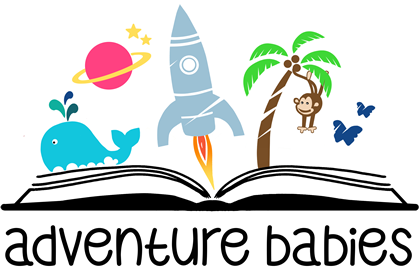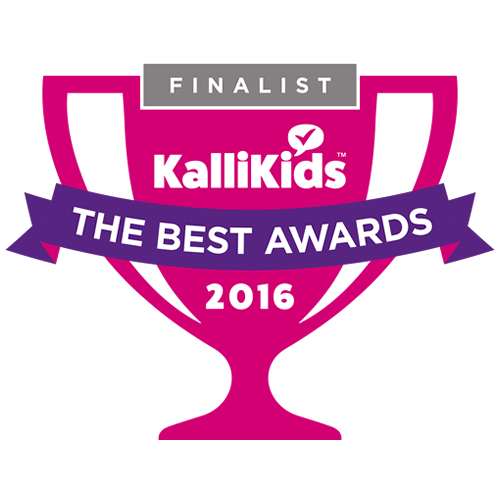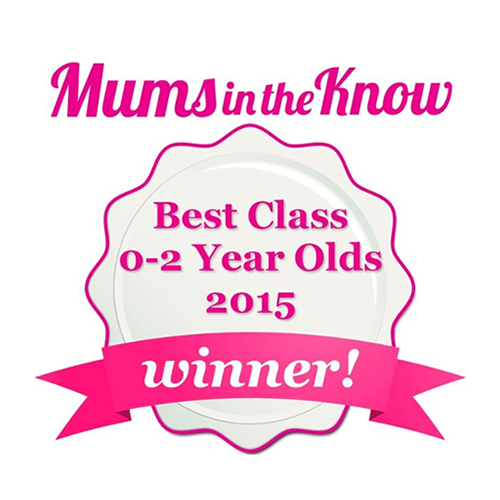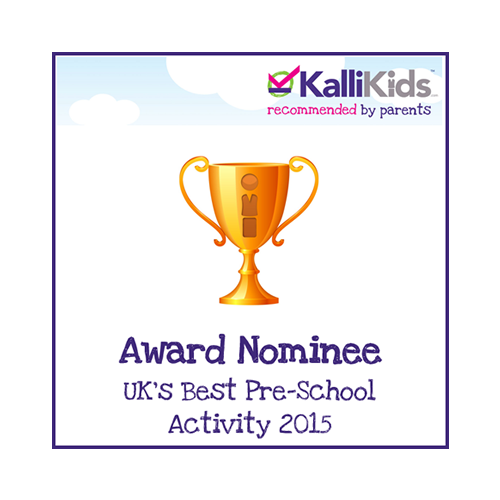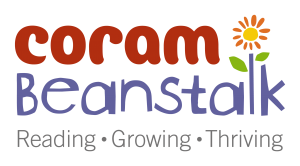What Really Happens at Baby Classes When I signed up for my first baby class, I wasn’t entirely sure what I was hoping for. Maybe a bit of stimulation for my tiny human? A change of scene? A cup of tea I didn’t have to microwave three times?
Like many new parents, I found myself Googling “baby classes near me” during a nap time doom scroll, wondering what actually went on behind those cheerful Instagram posts. And I’ll be honest: I had questions. Would it be awkward? Would my baby cry the whole time? Would I have to sing in front of strangers?
The answer to all of the above was—yes, at some point. But here’s the surprise: it didn’t matter. Because the right baby class doesn’t expect perfection. It welcomes the mess, the naps that didn’t happen, the late arrivals, the leaky nappies and the ‘is this normal?’ moments. And the very best baby classes? They go even further.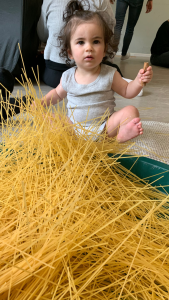
Baby classes that actually support development (and don’t just pass the time)
Let’s be clear: there’s absolutely nothing wrong with a bit of singing, clapping, and tambourine shaking. Babies love it. But when you’re signing up week after week, it’s worth finding a class that’s more than a playlist with props.
Expert-led baby classes—the kind built on solid knowledge of how babies develop—offer something deeper. They’re carefully designed to support early communication, physical development, sensory integration, and even emotional connection. Not with worksheets or rigid routines, but through rich, story-based experiences that speak your baby’s language: play.
At Adventure Babies, for example (yes, this is where I found my people), classes are rooted in baby development science and delivered with a whole lot of heart. Think immersive storytelling, multi-sensory play, and a rhythm that’s just right for wriggly little ones with short attention spans and unpredictable moods.
But what about you?
Here’s the thing nobody really tells you: baby classes aren’t just for babies. They’re a lifeline for grown-ups too.
In those early months (and let’s be honest, even years), your world can shrink. You spend so much time decoding sleep cues and sterilising bottles that adult conversation becomes a rare species. A great baby class can shift that. It gives you routine. It gives you other people who get it. It gives you a place where no one blinks if your baby cries, poos, or tries to lick the floor.
I can’t count how many whispered “Same here!”s I’ve exchanged with parents in the middle of a sensory session. Or how many friendships have started over soft play mats and story time. Being part of a class that’s inclusive, warm, and welcoming can be just as important for your well-being as it is for your baby’s.
What to look for in a great baby class
If you’re wondering where to start—or whether it’s worth trying again after a meh experience—here’s what I’d say to look out for:
-
A clear structure (but flexibility for real-life baby moods)
-
Sensory play that changes every week and actually links to something meaningful
-
Storytelling that captures your baby’s attention (even for 30 seconds—that’s a win!)
-
Leaders who are calm, friendly, and actually know their stuff about baby development
-
A sense of community—somewhere you feel like you can show up as you are
You deserve a class that sees you, not just your baby. One that understands this isn’t just a filler activity; it’s part of the story you’re writing together.
One short season, so many firsts
Here’s what I’ve learned: the baby days are a bit like a sensory class themselves—chaotic, colourful, occasionally damp, and gone in a flash. But if you find the right space, the right people, and the right rhythm, those moments start to feel less like chaos and more like magic.
